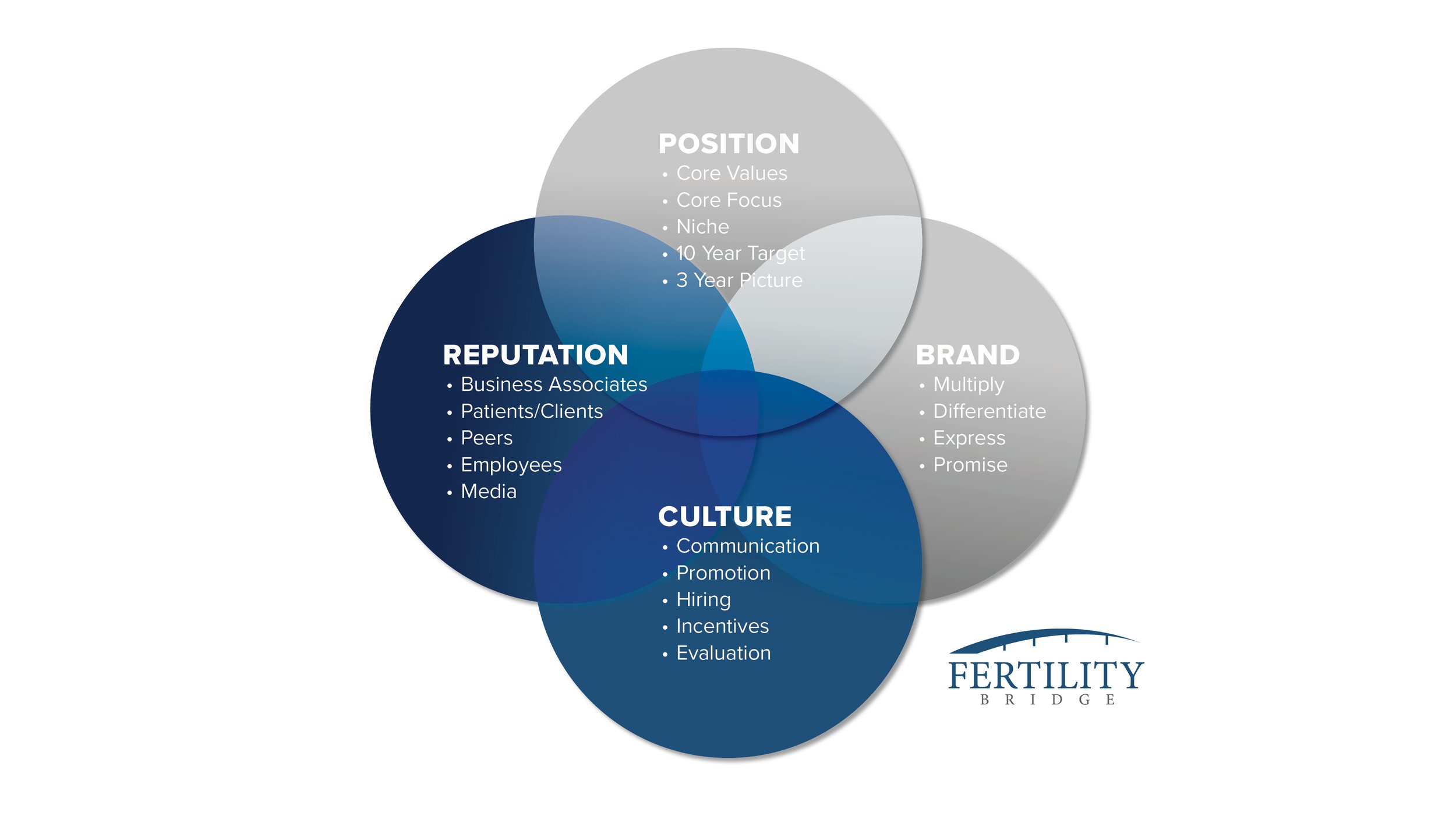By Shaina Vojtko and Griffin Jones
Let’s just hope fertility doctors aren’t paying attention
Most fertility practice owners redesigned or built a new website in the last decade, and they might be getting hosed.
The website development-marketing problem isn’t unique to fertility doctors. If you’re the executive of a fertility company or any business for that matter, these tips are equally relevant to you. There’s just an established category of marketing companies that takes advantage of physicians and some of them have concentrations of fertility doctors.
The problem: paying for website maintenance with a big marketing markup
Your new website project is finally complete and search engines are starting to reap the fruits of your labor.
Now, regular updates and maintenance are crucial to keeping your site running at full capacity. In most cases, the first touchpoint a prospective fertility patient has with their provider is their website.
Security is the primary reason that website maintenance is so important. When you don’t make website maintenance a priority, it’s easy for hackers to find vulnerabilities. With a few clicks, they can easily target an outdated site.
As a marketing tool, your website was designed to provide information and turn visitors into new fertility patient inquiries. An up-to-date site and content management system (CMS) demonstrates credibility and communicates that it is safe for visitors to submit their information to you.
And because security and maintenance are such a need, some marketing companies take advantage. They bundle in low return marketing services and mark up what should be a low cost expense.
We’re not talking about small firms with good hearts that struggle with keeping the mission (scope) from drifting, while not being so rigid that they fail to help the client when they could meaningfully do so. That’s a natural tension that all client services firms face.
No, we’re talking about large medical marketing agencies whose business model is undeserving doctors by scaling their overpriced packages, including arbitrary blog and social posts, or ambiguous ongoing Search Engine Optimization (SEO).
Make investments, pay expenses, and know which is which.
Remember a $10,000 expense that generates nothing is more expensive than a $2 million investment that generates $5 million. Return is more important than cost, though the higher cost the bigger the problem if there’s no return.
The best way to keep your fertility company’s website updated and protected from hackers, while not overpaying for it, is to have a website maintenance package that is separate from hosting and from your marketing investment.
Here are six tips to help you:
1. Your marketing agency can hire a developer, but don’t hire a development agency to do your marketing
Digital marketing agencies and website development agencies were usually one in the same in the early days of the internet. Because each has become so specialized, it’s far more effective for them to partner than to try to do it all.
Fertility Bridge, for example, has done, and will do, plenty of website builds and redesigns…but we are not a dev firm.
For the convenience of our clients and for the continuity of branding and messaging, we have preferred developers on our contract team with whom we’ve partnered on many successful fertility websites. We can use them and include the cost of development in a one time project. Or we can use the client’s developer while we provide project management and design.
2. Quote maintenance separate from build
Ask for the cost of ongoing website maintenance, including security and routine updates to be quoted separately from the site build.
You may need continuous improvement in marketing and business development but keep those separate from the maintenance of a new site. Again using Fertility Bridge as an example, after we redesign or build a new website, the minimal maintenance agreement is between the developer and the client, completely untethered from the client’s engagement with us.
3. Budget for both website hosting and website maintenance
While both have associated costs, web hosting and web maintenance are two separate functions. Both are necessary for the health and existence of your website. The main purpose of web hosting is to get your website live on the internet so people can access it.
4. Keep the hosting cost the smallest
When budgeting annually for maintenance fees, don’t forget to budget for hosting costs, too. You can expect to pay anywhere from $25-75 per month for hosting with an annual contract from WP Engine.
In order to keep your website online, you’ll need a reliable web host. While there are plenty of options for hosting providers, make sure to pick one that is designed for speed. A fast loading website is key to a strong user experience and good Google rankings. We recommend WP Engine or DreamHost but strongly encourage you to take the advice of your developer as they are well versed in the specific needs of your website.
5. Use this checklist to select a good maintenance plan
A good maintenance plan covers security but should also take into consideration routine content updates and changes to website pages.
WordPress Core Updates
Theme and Plugin Updates
Security, Uptime Monitoring, and Hack Clean-up
Regular Back-ups
Access to Support Resources
Content Management*
Performance Optimizations
While package costs can vary significantly based on the level of customization and care needed to handle your individual site, it is reasonable and typical to see costs that range from $500 annually for lean updates to $5,000 or more annually for robust updates.
6. *Have someone on your team that can update content
Minor content updates are a tension point between fertility companies and their agencies. Minor updates are those like
Adding office hours for satellite office on location page
Removing staff member from about us page
Changing PGD to PGT-M on old blog post
Deleting Zika pregnancy warning from home page
Sporadic requests like these are not a good use of the developer’s time to receive, nor yours to send.
You don’t need an employee to create major pieces of content, a marketing agency can do that. You need someone inside your organization who can make content updates to your website. If you’re a giant fertility company you may have a whole team, but even a small REI practice needs at least one person who can access your website’s CMS.
*Being able to make content updates is not the same as having the relevant skills to properly maintain a website. If your team member causes an error while updating a page, you need to have someone retained that can fix it.
INVEST FOR RETURN, KEEP FEES SEPARATE
Sometimes fertility companies have to invest a lot in marketing, but it should be for the return of future value. Don’t buy services you don’t need because they’re bundled with something you do need. Keep website maintenance separate from build, hosting, and marketing. Train someone in your organization to make minor updates to your website. Follow these six tips instead.
If you think your fertility website is preventing you from reaching your business goals, consider Fertility Bridge’s strategic guidance to determine how it plays into a greater market or brand strategy.
Start your business assessment with our Goal and Competitive Diagnostic for just $597 here.









